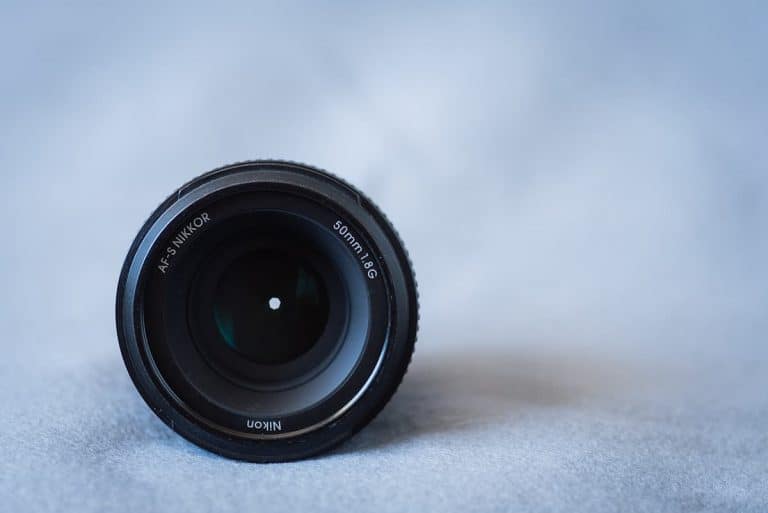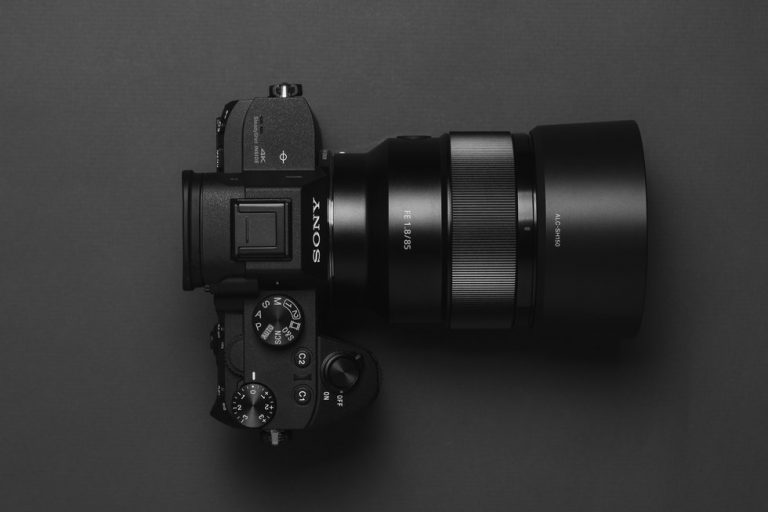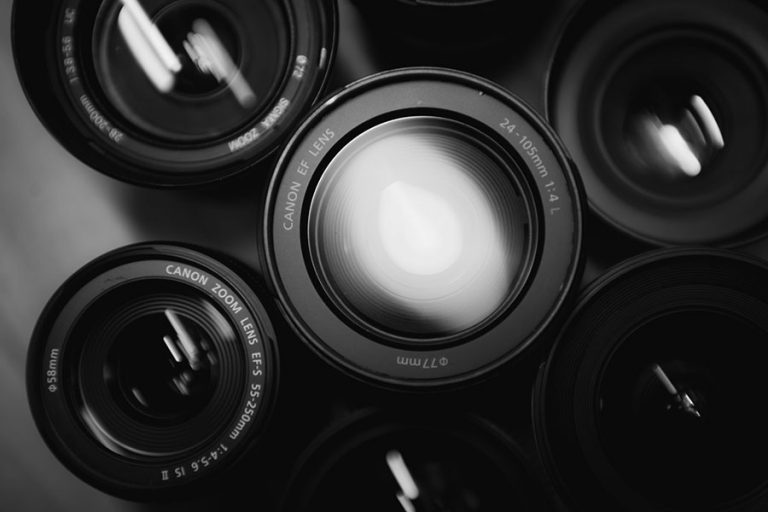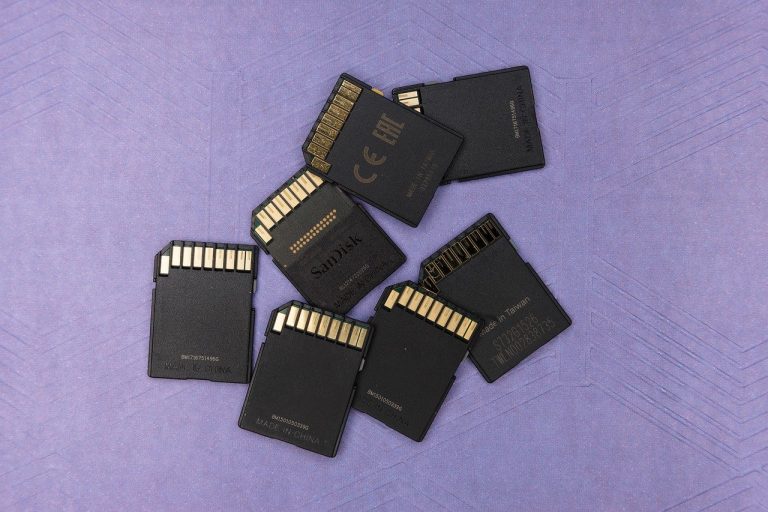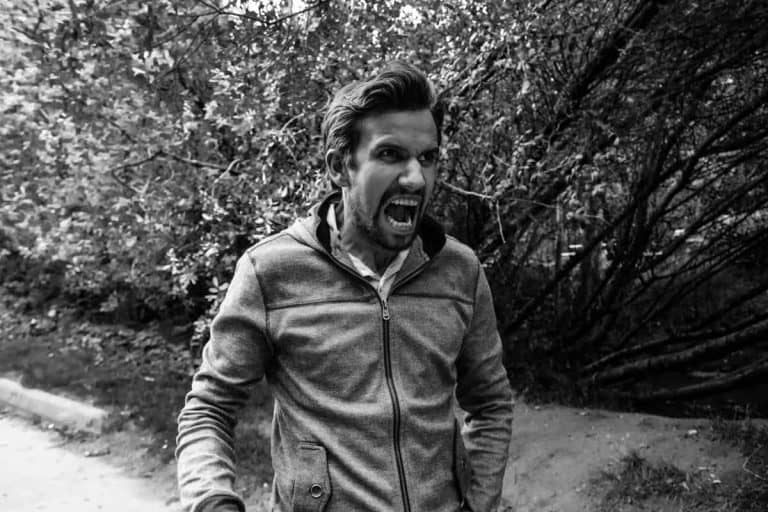Many people use cameras to take pictures of products, whether for a profession or a hobby. Regardless of why you photograph products, you want to use a camera that takes high image quality pictures.
The best camera for product photography will have high megapixels, a quick processor, and autofocus features. Popular brands that make the best camera for product photography include Sony, Nikon, Canon, and Fujifilm. We’re going to look at the features of some of the best product photography models for these brands.
We’ll also discuss some common questions regarding product photography, including which camera is best and what accessories you may need. By the time you finish this article, you’ll have a good understanding of the best camera for product photography.
Sony
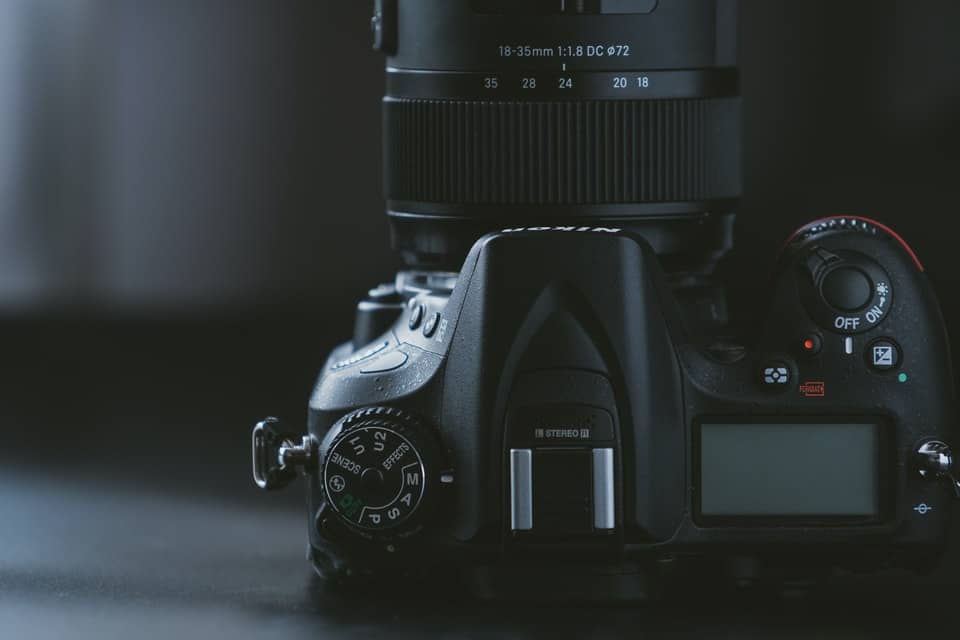
Sony has become a popular brand of mirrorless cameras for product photography due to its superior mechanics, impressive autofocusing systems, high quality shots, and quick processors.
There are many cameras available from Sony, from point and shoot cameras to full frame autofocus. We’ve found the best Sony cameras for product photography.
Sony Alpha a6000
The Sony a6000 is a mirrorless camera with a Hybrid Autofocus system with 179 phase-detect and 25 contrast-detect points providing 92% coverage of the sensor.
A Bionz X processor shoots continuous shots at 11 fps while using subject tracking. But the a6000 does use a lower resolution SVGA viewfinder than other Sony cameras.
You get the power of a 24.2 MP APS-C CMOS sensor through a 35-millimeter full frame image sensor. And the camera has an E mount, meaning you can attach Sony lenses for more detailed shots.
View your shot from the 3″ tilting LCD, complete with 921,600 dots, or use the OLED electronic viewfinder with 1.44M dots.
And this camera has ISO 100 25600, but expandable to 51200, making it easy to get clear shots without too much noise distracting from your image.
If you’re starting with product photography or just a hobbyist photographer, this would be the perfect camera.
Sony a7R III
The Sony a7R III is the third generation of mirrorless cameras with a full-frame 42.4-megapixel image sensor with an ISO range of 100-32,000 but extendable up to 102,400.
Video can be captured at 4k up to 30fps or 1080p with 24/30/100/129 fps. Take pictures with a max shutter speed of 1/8000s max shutter speed – 1/250s flash sync with 10fps max.
This camera also has autofocus tracking of 10fps with blackouts/live view and 14-bit RAW, compressed or uncompressed. And it can capture up to 177 JPGs or 89 RAW continuous shots.
The A7R III also includes PSMS – pixel shift multi shooting, which takes four continuous images by moving the shots’ pixel.
These shots are then combined to create one full image incorporating the best parts of each photo. This gives you better color accuracy and detail without taking away from the megapixel resolution.
Three hundred ninety-nine autofocus points cover 68% of the sensor area with 425 contrast-detection points. And this camera includes a five-axis stabilization system for a 5EV rating.
A 1,440,000 dot 3″ touchscreen lets you bring your shot into focus, but it’s not touchable for any other features. And the NP-FZ100 battery life can last for a full day’s shoot without needing to be recharged.
Sony Alpha A7R IV
The Alpha A7R IV is a fourth-generation high-res full frame mirrorless camera. And the only camera with a 61-megapixel full frame 35 millimeter Exmor R CMOS image sensor giving you outstandingly clear images. And 26.2 MP in APS C crop mode.
Capture images at a rapid pace of 10Fps with autofocus tracking that consists of 567 phase-detection points and 425 contrast points.
And the advanced subject recognition allows you to track your subject, while the real-time eye autofocus instantly tracks animals, movies, and humans. The UXGA OLED electronic viewfinder includes a high resolution of 5.76 million dots.
A 15 stop dynamic range captures accurate colors even at low light sensitivities, so you get pictures as colored like the real thing.
A Bionz X processor allows you to hone in on fine details by reducing noise in the targeted area. It does have a smaller IOS than the Sony a6000 with only ISO 50 102400.
Transfer your pictures from your camera to your computer through the 5GHz WiFi remote PC function or FTP transfer with 14-bit raw output. The NP-FZ100 battery life can last for up to 530 shots per charge with EVF or 670 using the rear LCD.
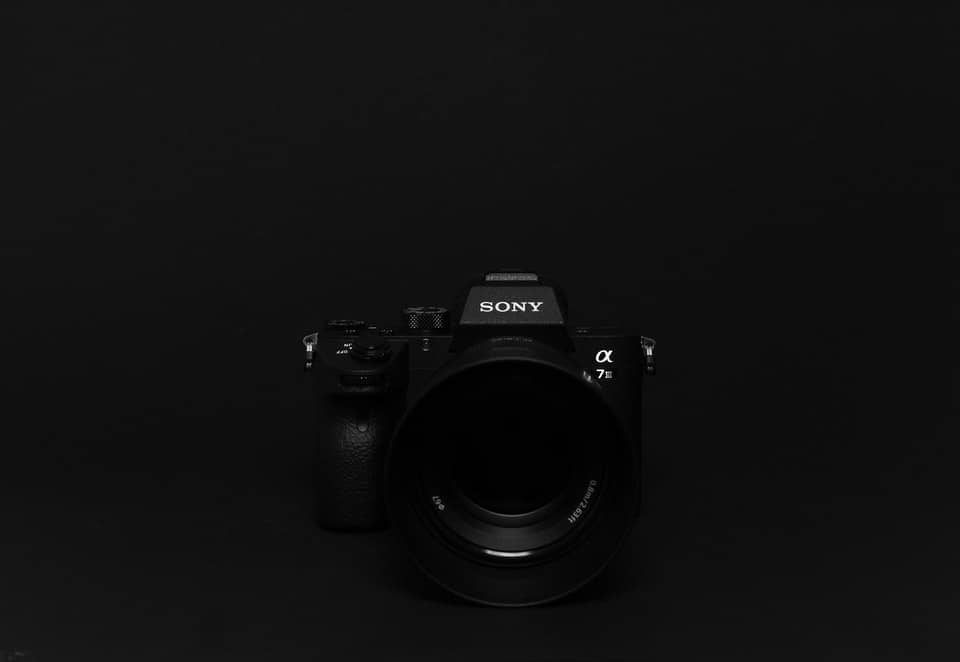
Canon
Canon is another popular camera for photography of products. These cameras are DSLR (digital single-lens reflex camera) instead of mirrorless.
Many photographers feel that Canon has superior in-body stabilization and auto eye focus for higher quality product photos than Sony. Let’s look at some of the best cameras Canon makes for product photography.
Canon EOS REBEL T7i
The Canon Rebel T7i is a DSLR camera capable of up to 24-megapixel images from the APS-C CMOS sensor. And the DIGIC 7 image processor provides an ISO range of 100-25600, meaning you won’t have any problems no matter what lighting.
A 3″ 1.04 million dot vari-angle LED II touch screen makes it easy to navigate the user-friendly interface. And you can share your images using the built-in WiFi, NFC, or Bluetooth.
Tapping the screen in Live View will make the camera autofocus on that location. Zoom or change your images using your fingers or scroll through the menus.
A 45-point all cross-type phase-detect autofocus system makes it easy to keep your subject in frame for precise shots. And you can get 6.0 fps so you can capture images in motion.
And the dual pixel CMOS AF with phase-detection ensures there’s no lag between what you see and what you capture.
Once locked onto a target, the autofocus keeps it in the frame for sharp pictures in just 0.03 seconds. It can even judge your subject’s distance and autofocus to accommodate with a focusing brightness of EV12.
Canon EOS 5DS
The Canon EOS 5DS is a high quality professional grade DSLR camera that’s an improvement over the Canon 5D, another great camera.
The 5DS produces vivid and detailed product photos due to the 50.6 megapixel full-frame CMOS sensor and the dual DIGIC six image processor.
This beast sports a beefier 1.04 million dot LCD touch screen of 3.2″ that provides full HD video recording in 1080p at 30 fps.
The ISO range of the 5DS is 100-6400, and it uses a 61-point high-density reticular autofocus with 41 cross-type autofocus points to easily target your products for photography.
A 5 fps continuous shoot allows you to capture up to five pictures a second. And the RGB+IR AE150,000 dot sensor tracks the product’s location. Meanwhile, the iTR (Intelligent Tracking and Recognition) system keeps the autofocus synced.
This camera is WiFi-enabled, allowing you to share images when connected through the Camera Connect app. It also allows for remote shooting of still subjects and to change the camera settings.
Canon EOS 5D Mark IV
The Canon EOS 5D Mark IV is a fourth-generation full frame DSLR digital camera with a modest 30.4-megapixel sensor that exceeds expectations for a product photography camera.
This camera boasts an ISO range of 100-32000 and is expandable to reach ratios of 50-122400, so you can use this camera in all types of lighting. The low-intensity limit is EV-3.
Shoot videos with a 4K motion DCI cinema-type 4096×260 at 24p or 30fps. Including multiple video options such as Full HD up to 60p and HD up to 120p. There’s even the feature to grab stills out of the video of 4k 8.8 megapixels.
Capture pictures with up to 7.0 fps continuous shooting speeds and a DIGIC 6+ image processor. A dual pixel CMOS 61-point High-Density Reticular autofocus II system with 41 cross points helps track and capture your product without distortion for 80% of the image plane.
Built-in WiFi and GPS means you can share your product photos with compatible devices and have them geotagged.
And the 3.2″ LCD touch screen has 1.62 million dots, low reflection, making it easy to choose focus points within the frame or zoom in with your finger. You can even zoom in on stills taken from video.
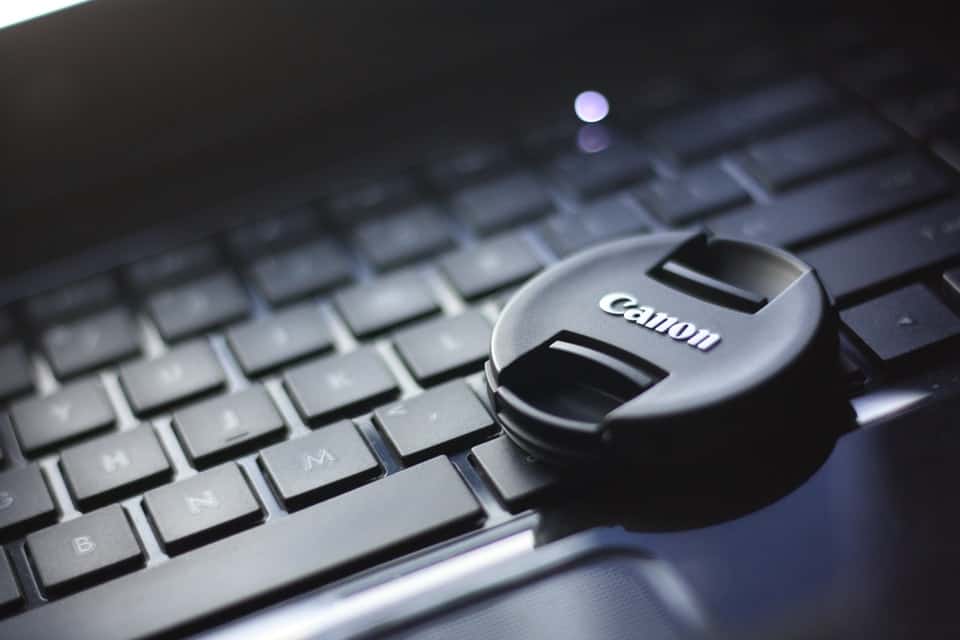
Nikon
Nikon has a strong reputation as being one of the best cameras for amateur and professional photographers. Nikon has both mirrorless and DSLR cameras from point and shoots to autofocus. Let’s look at some of the best Nikon product photography cameras.
Nikon D850
The Nikon D850 is a DSLR camera with a backside-illuminated (BSI) full frame image sensor capable of 45.7 megapixels.
EXPEED 5 processor uses lower noise, a wider dynamic range, and 9 fps continuous shooting to provide bright, detailed shots. And with the lowest baser ISO – 64 but expandable down to 32,) allows you to perform product photography in any lighting conditions down to -4EV.
The Nikon 2.359k dot LCD touchscreen has tilt abilities so that you can angle it for high or low angle shots. Touch Autofocus and Touch shutter let you filter through menus, bring a specific section into focus, and zoom with a finger’s touch.
The autofocus system includes 153 focus points with 99 cross-type sensors and a dedicated processor. But you can set your focus to manual and control the sensitivity to color such as red, yellow, blue, or white.
Nikon D7200
Another point and shoot DSLR Nikon camera for product photography is the D7200, which shoots at 24.2 megapixels with a DX-format CMOS image sensor capable of up to 6fps shoot up to 100 continuous JPEG shots, 27 12-bit RAW, or 18 14-bit RAW shots.
The Nikon advanced multi-cam 3500 II autofocus sensor can function as low as -3 EV, and the 51 high-density focus points cover a wide area of your frame in DX format or most of the frame in 1.3x crop mode.
Fifteen cross points in the center and one center autofocus point make it easy to keep your focus shots.
The four image EXPEED processor and 51-point autofocus system offer quick focusing and capture rates. The ISO range is 100-25,600 or expands BW1 (51,200) or BW2 (102,400).
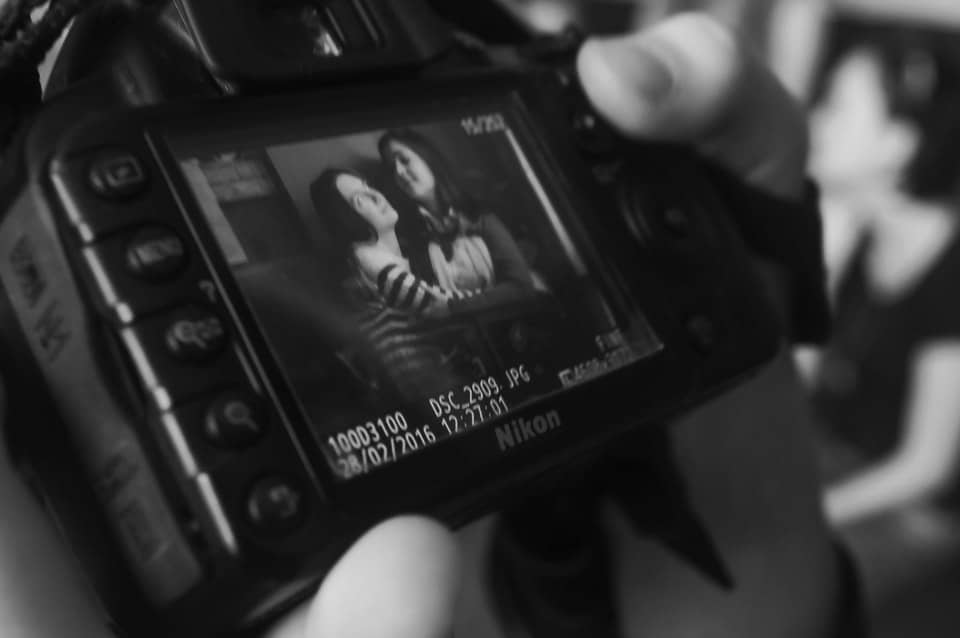
Fujifilm
Fujifilm GFX 100
The best Fujifilm camera for product photography is the Fujifilm GFX 100, a mirrorless camera with a back-illuminated 102-megapixel imaging sensor and an X-Processor 4 for quick shots.
This camera gives you the ability to capture images in a 55mm diagonal length form (43.8 x 32.9mm) with a high-resolution sensor capable of over 100 megapixels at continuous shooting speeds of 5 fps with a phase-detection autofocus system.
An in-body image stabilization (IBIS) allows you to have precise control of your images, even in larger formats. And built-in shock absorption means your pictures won’t blur if the camera shakes.
The 3.2″ LCD screen is tilt-enabled (90 degrees upward, 45 degrees downward, and 60 degrees to the right) for angled shots with 2.36 million dots and touch screen functionality. There’s also a detachable 5.76 million dot electronic viewfinder.
Panasonic
Panasonic Lumix ZS70
The Panasonic Lumix ZS70 is an exceptional point and shoot camera for photography for product shots. This camera has a 20.3 megapixel MOS image sensor and a five-axis hybrid optical image stabilizer, so you capture clear quality images without blur from shaky hands.
Line up your shots using the 0.2″ 166k dot electronic viewfinder without the hassle of harsh sunlight washing out your screen. It automatically switches when you position the camera to your eye.
Capture still shots or record videos in 4K QFHD up to 3840 x 2160p. The optical zoom allows for up to 30x with the 22mm Leica DC Vario-Elmar lens. And you can use the control ring to have manual control of aspects such as shutter speed, focus, zoom, and aperture.
What sets this camera apart from others is the 180-degree tiltable monitor that makes it easy to snap selfies of you holding your products in 4k image quality at 30fps.
Functions like post focus and focus stacking lets you change your image’s direction after you’ve shot it or combine multiple shots to make one picture.
Frequently Asked Questions
What is the best camera for product photography?
Out of all the cameras we’ve listed, our choice for the best camera for product photography is the mirrorless Sony Alpha A7R IV. This camera has the highest megapixels of 61, making it perfect for capturing your product’s details.
How many megapixels do I need for product photography?
For product photography, you’ll want a decent amount of megapixels, although too much can make it difficult to post your product photos without resizing. The best range for product photography is between 40 and 100 megapixels.
Which DSLR is best for product photography?
The best DSLR camera to choose for product photography would be the Nikon D850, which offers 45.7 megapixels, a tilting touch screen LCD for angled shots, and a better dynamic range than the other cameras we’ve listed.
What equipment do I need for product photography?
There are tons of accessories you can choose when you’re doing product photography. But if you want to stick with the basics, you’ll need a tripod for setting your camera up to provide stability. You’ll also want extra lenses. Backdrops, flash, reflectors, and light stands are also useful.
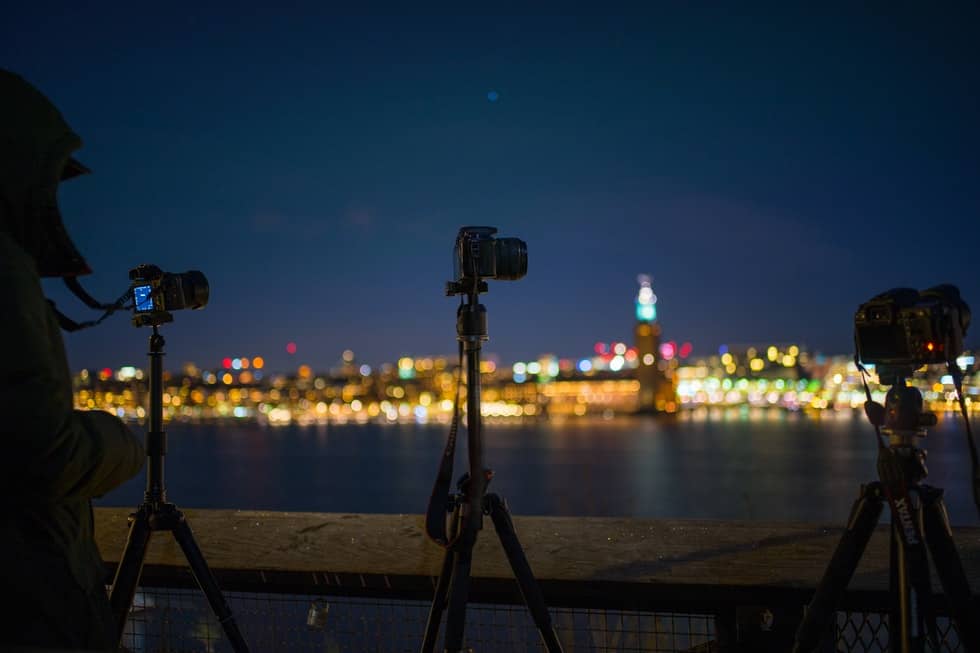
Things to Consider While Buying Best Cameras for Product Photography
The best way to pick the best camera for product photography is to have a good understanding of what you want to shoot for subjects.
As a product photographer, you can take pictures for e-commerce, advertising, and social media, all of which require specific shooting techniques and different cameras.
Product Photography Must-Haves
If you’re planning to get into product photography, a good camera is crucial. Let’s look at some of the necessary features you’d want in a camera for product photography.
Manual Mode
All cameras come with an automatic mode. While this is great for hobby shooting, most professional photographers aren’t going to use auto mode.
When you set your camera to manual mode, it gives you full control of how your camera operates to capture an image.
Manual mode lets you set the controls for the shutter speed, aperture, and ISO so that you can get perfect shots without the camera sensor affecting the image quality of the final product.
You’ll also want to adjust the white balance, so the coloring in your final image accurately represents the color of the product.
Changeable lenses
The best cameras for product photos come with a high quality built-in lens capable of capturing clear shots with many details. But these built-in lenses don’t usually do well with all forms of product photography, especially for smaller items.
If you’re serious about product photography, you will do better using a camera that allows you to attach different lenses so you can change based on your needs.
You would want to use a macro lens to photograph smaller products while a larger lens would work for lifestyle shots.
Type of Lens
If you want to use multiple lenses, you’ll want to be sure the camera you choose has the option to work with different types of attachments.
When considering mirrorless cameras, be aware that some have mounts that will not be compatible with all lenses.
Resolution
The resolution capabilities of your camera is a crucial aspect to consider before making a purchase. A higher resolution means higher megapixels.
Cameras with a resolution between 40MP to 100MP or higher take the best images for large commercial projects. But for hobbyists or small jobs, a camera with 24MP would do the trick.
Higher megapixels means a bigger, higher image quality. The more megapixels your camera can capture, the more details your picture will show. This advantage helps during the editing phase by allowing you to fine-tune the details before printing.
The more megapixels a camera has, the better you can crop an image without affecting your shot’s image quality. Higher megapixels mean more detail but less compression.
Dynamic Range Performance
The most significant factor in product photography is lighting. Your camera needs to be able to capture dark shadows and bright highlights together. But each camera has different dynamic range settings.
Your camera’s dynamic range means the ratio between saturation (the highest brightness the camera can capture) and the lowest brightness it can shoot.
For the best product pictures, you want to find a camera capable of at least 12 EV (exposure values or f-stops) to 14 EV.
In Closing
By now, you should know everything you need about photography for products, including whichare the best cameras for photo products. Each of the cameras we reviewed will produce high image quality and have advanced features such as autofocus to assist high-quality pictures. We hope you enjoyed this review of the best cameras for product photography.


![Prime vs Zoom Lenses – Top 7 Reasons to use Primes Lenses! [UPDATED 2020]](https://colesclassroom.com/wp-content/uploads/2013/02/prime-vs-zoom-lenses_0007.jpg)
